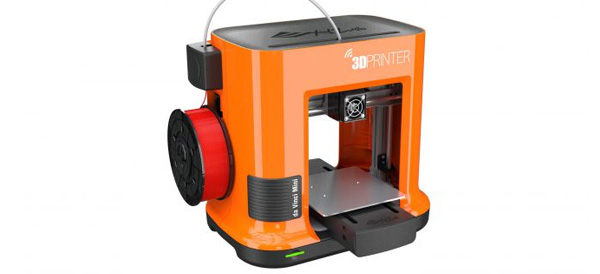

Three of the Best Budget-Friendly 3D Printers for Beginners
ElectronicsGadgetsReviews April 11, 2018 Christine 0

The market for 3D printers has exploded over the last few years. There are plenty of options now for rookie tinkerers and experts alike. Today, we are going to round up some of the best options for people who want to dip their toes into the world of 3D printing.
XYZprinting da Vinci Mini – Around $200
This is the best budget 3D printer on the list. It’s an extremely affordable way to get into 3D printing. It’s also one of the easiest to use thanks to its interface. Don’t worry that quality was sacrificed, the 3D objects that this printer creates are very good considering the price.
Its compact size also lends itself to beginners, as it is easy to put on your desk without taking up too much space.
The da Vinci Mini uses fused filament fabrication and has a minimum layer resolution of 100 microns (maximum 400 microns).
M3D Micro 3D Printer – Around $350
Another great option for a starter 3D printer, the M3D Micro 3D Printer is a compact cube that can sit easily on your computer desk. It looks nice, runs impressively quiet and generates very decent small models. This is another great first 3D printer choice.
The M3D uses fused filament fabrication and has a minimum layer resolution of 50 microns (maximum 350 microns).
LulzBot Mini – Around $300
If you enjoy tinkering with hardware, then this may be the 3D printer for you. The hardware is open source, so the community of users are able to create various add-ons for the printer. It’s not as stylish as the M3D or da Vinci Mini, but it is reasonably priced and if tinkering is important to you then looks may not matter as much.
It does run a bit slower than the other models listed here. The LulzBot Mini uses fused deposition modeling and has a minimum layer resolution of 50 microns (maximum 500 microns).











No comments so far.
Be first to leave comment below.